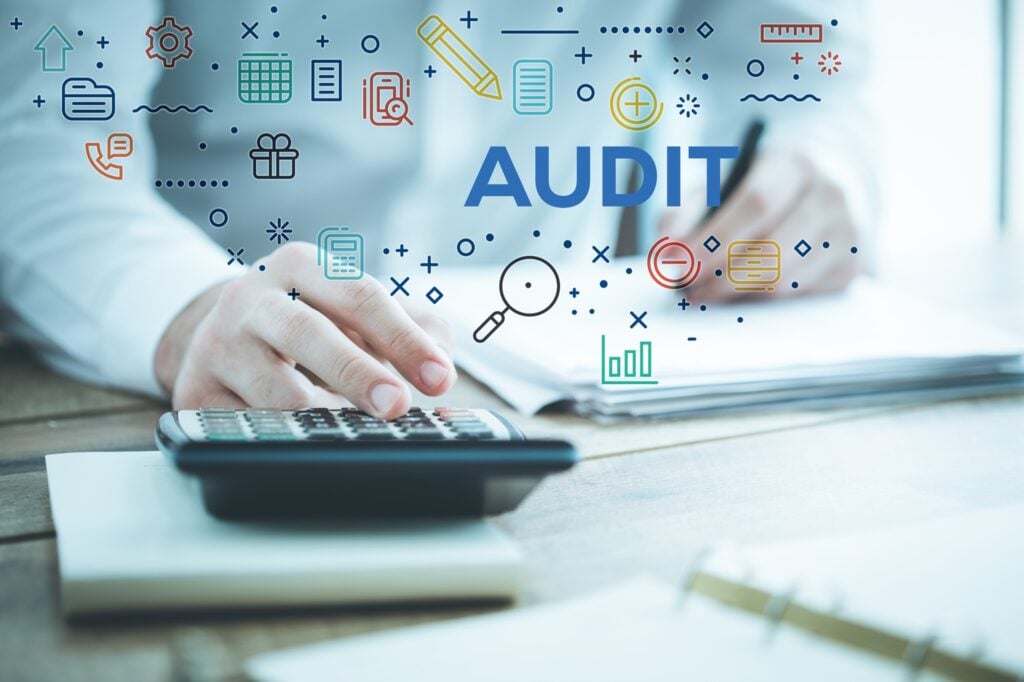Audit reports are one of the most powerful tools in an organization’s ISO management system. Beyond simply documenting findings, a well-prepared audit report is a critical instrument for identifying opportunities for continuous improvement, managing risks, and ensuring ongoing compliance. The real value of audit reports lies in their ability to provide actionable insights that guide decision-making and drive better processes.
The Purpose of Audit Reports
Audit reports serve as a comprehensive record of the audit process. They summarize the audit objectives, methods, scope, and findings, and detail any non-conformities, areas for improvement, and corrective actions needed. The primary function of an audit report is to assess how effectively an organization is adhering to ISO standards and whether there are any gaps in compliance. However, the report should also provide a roadmap for how to close those gaps and improve overall performance.
Audit reports highlight areas where processes are not functioning as intended or where opportunities for enhancement exist. The key to leveraging them effectively is viewing them as a tool for change rather than just a checklist to confirm compliance.
Turning Audit Findings into Actionable Insights
One of the most important aspects of audit reporting is its ability to turn raw data into actionable insights. An audit might uncover minor inefficiencies or major compliance violations, but the report should go beyond identifying the issue; it must also propose solutions or corrective actions.
For example, if an audit identifies issues in inventory management that lead to non-compliance with ISO 9001 (Quality Management), the report should not just state the problem. It should also recommend corrective actions, such as implementing more frequent stock checks, improving employee training, or optimizing inventory tracking systems. This transforms a compliance issue into a clear improvement action, driving the organization toward higher efficiency and quality standards.
Connecting Audit Reports to Risk Management
Audit reports are an invaluable part of a comprehensive risk management strategy. By identifying risks and areas of non-compliance, they help managers and leaders take proactive measures to prevent issues before they escalate. Whether it’s safety risks, operational inefficiencies, or non-compliance with regulatory standards, these findings provide a roadmap for mitigating risks.
In the context of ISO 9001, for example, audit reports can pinpoint processes that are not meeting quality standards or reveal hidden inefficiencies that could lead to customer dissatisfaction. Identifying these issues early allows businesses to take corrective actions before the problems grow larger and more costly.
Best Practices for Writing Effective Audit Reports
To ensure that audit reports are useful for continuous improvement, certain best practices should be followed:
- Clarity and Precision: Reports should be clear, concise, and free of jargon. Every stakeholder, from top management to operational staff, should be able to understand the findings and proposed actions.
- Objective and Evidence-Based: Reports should be based on objective findings and supported by solid evidence. This ensures that recommendations are grounded in fact and not influenced by personal bias.
- Action-Oriented: Instead of simply listing problems, reports should highlight solutions. Each finding should be accompanied by suggested corrective or preventive actions to foster improvement.
- Follow-up and Accountability: Effective audit reports require a plan for follow-up. Assign specific individuals or teams to address the findings, and set timelines for resolving issues. This ensures that corrective actions are actually implemented and not overlooked.
Audit Reports as a Tool for Continuous Improvement
ISO standards thrive on continuous improvement, and audit reports are a fundamental part of this process. They allow organizations to learn from their past performance, identify weaknesses, and implement solutions that lead to stronger, more efficient operations. Rather than being seen as a mere formality, audit reports should be viewed as an opportunity to make meaningful changes and drive long-term improvement.
Conclusion
Audit reports are more than just documentation; they are essential for continuous improvement, risk management, and ensuring compliance with ISO standards. By turning audit findings into actionable insights, organizations can improve processes, prevent risks, and align their operations with their quality goals. Well-crafted audit reports are a key ingredient in any organization’s journey toward excellence and long-term success.

